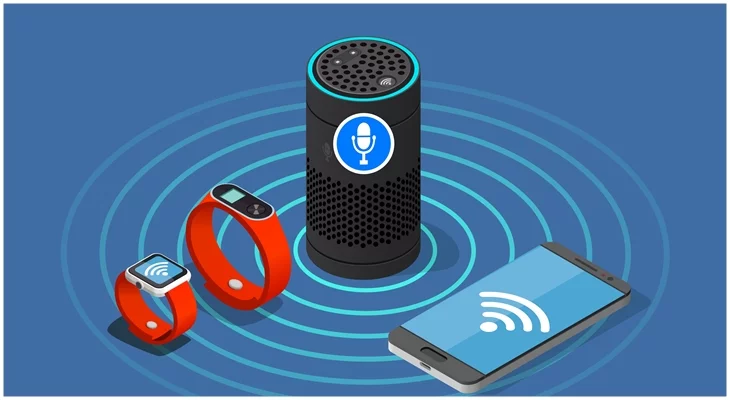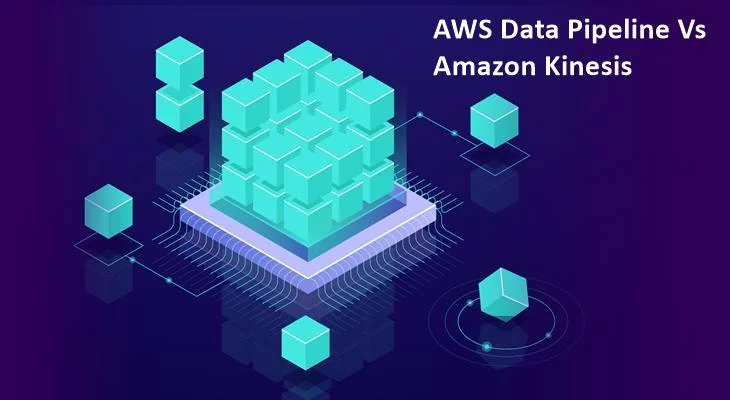Open-Source speech recognition software is an excellent approach for enterprises on a tight budget. This also helps them to test ASR technology in their products. Many of these tools provide highly accurate solutions. They allow you to learn how ASR characteristics can help boost the number of clients you reach.
Our blog will provide an overview of the top free speech recognition systems. Now let's get started.
Voice Recognition: What Is It?
Voice recognition is also known as automatic speech recognition (ASR). It is also called computer speech recognition or speech-to-text. It is a feature that allows a program to convert human speech into written text. Voice recognition and speech recognition are frequently conflated. But, speech recognition aims to translate speech from a verbal format to a text format. In contrast, voice recognition aims to recognize an individual user's voice.
The human voice is interpreted by speech recognition systems and translated into text or commands. Following are some of the primary use cases for speech recognition:
- Self-service and call routing for contact center applications
- Speech-to-text conversion for desktop text entry, form filling
- Voice mail transcription
- User interface management and content navigation for usage on devices, PCs, and automobile systems.
- Controlling consumer items such as televisions and toys is also accessible but not commonly used.
Benefits Of Open-Source Speech Recognition Software
It enables businesses to save time and money. It does so by automating business procedures. Also, it delivers immediate views of what's going on during phone calls.
Speech recognition software is more cost-effective. This is because the software recognizes and transcribes speech faster and more precisely than humans.
Speech recognition and transcribing software are less expensive per minute. Also, it is more accurate than a human working at the same rate. It is simple to use and widely available. Moreover, speech recognition software is widely included in computers and mobile devices that allow quick access.
Best Open-Source Speech Recognition Software
Project DeepSpeech
Mozilla, the group behind the Firefox browser, is backing this initiative. It is a completely free and open-source speech-to-text library. It also employs machine learning technology using the TensorFlow framework. The users can also use it to create their training models. This also helps them improve the underlying speech-to-text technology and achieve better results. This even helps them to translate it into other languages if desired.
The user may also integrate it into their existing TensorFlow-based machine learning applications. Unfortunately, it appears that the project presently only supports English by default. It's also accessible in a variety of languages, including Python.
But, due to the recent Mozilla reorganization, the project's future remains undetermined. There is also uncertainty as it may get shut down depending on what they decide.
Kaldi
Kaldi is an open-source speech recognition program. It is written in C++ and distributed under the Apache public license.
Kaldi is compatible with Windows, Mac OS X, and Linux. Its creation began in 2009. Kaldi's has a key advantage over other voice recognition software. It is expandable and modular when compared to other software. The community also provides a plethora of third-party modules. The users can use these for their projects.
Kaldi also supports deep neural networks. It also has some extensive documentation on its website. While the code is mostly written in C++, it is also covered up by Bash and Python scripts. This means that if you only need to convert speech to text, either Python or Bash will suffice.
Julius
It is likely the earliest voice recognition software ever developed. The research for Julius began in 1991 at the University of Kyoto. The ownership of Julius was passed to as an independent project in 2005. It also serves as the engine for many Open-Source programs.
Julius' can do real-time STT operations. It has minimal memory usage and can provide N-best/Word-graph output. It also can function as a server unit and much more.
This program is primarily aimed at helping academic and research purposes. It is written in C language. Also, it is compatible with Linux, Windows, macOS, and Android-based smartphones. It currently only supports the English and Japanese languages.
The software is easy to install through a Linux distribution repository. The user needs to search for the Julius package in the package manager.
Wav2Letter++
Wav2Letter++ is an open-source speech recognition software. Facebook's AI Research Team released it. The source code is distributed under the BSD license. Facebook claims that its library is the fastest state-of-the-art voice recognition system accessible.
There are special concepts upon which this application is based. This makes it performance-optimized by default. The fundamental core of Wav2Letter++ is FlashLight. FlashLight is Facebook's all-new machine learning package. To train the algorithms on Wav2Letter++, the users need to create their training model for the desired language.
There is no pre-built support for any language. This also includes the English language. It's simply a machine-learning-powered tool for converting speech to text.
DeepSpeech2
Baidu researchers are also developing their speech-to-text engine called DeepSpeech2. It is an end-to-end open-source engine. DeepSpeech2 converts both English and Mandarin Chinese talk into text. It does so by using the "PaddlePaddle" deep learning framework. The code is distributed under the BSD license.
Users can train the engine on any model. They can also use any language they want to do so. There is no code included with the models. The users have to build the code independently, just like the other applications.
Python is the language used to write the source code for DeepSpeech2. This would be especially helpful for the users already working with Python.
OpenSeq2Seq
NVIDIA created this model for training sequence-to-sequence models. It finds applications for much more than voice recognition. But, OpenSeq2Seq is still a good engine for this application.
It allows users to create their training models. They can also use the default Jasper, Wave2Letter+, and DeepSpeech2 models. It enables parallel processing with many GPUs/CPUs. It also has parallel processing capabilities with NVIDIA technologies. These technologies include CUDA and its powerful graphics cards.
Vosk
Unlike the other systems on this list, Vosk is ready to use right away. It supports ten languages. The languages supported are: English, German, French, Turkish, etc.
It also has portable 50MB-sized models available for users. Vosk also has larger models to suit the needs of different users. It is also compatible with Raspberry Pi, iOS, and Android devices. Vosk also has a streaming API. This streaming API allows users to connect to it and do speech recognition tasks online.
Vosk comes with Java, Python, JavaScript, C#, and NodeJS bindings.
TensorflowASR
Tensorflow ASR is a Github speech recognition project. It uses TensorFlow to create many speech recognition models. Still, it is not as well-known as the other projects. But, it appears to be more up-to-date. Its most recent release occurred just a few months ago, in May 2021.
It has been characterized as near-state-of-the-art voice recognition. Also, it incorporates many contemporary models. These models are DeepSpeech 2, Conformer Transducer, Context Net, and Jasper.
The models may be deployed with TFLite. These models will likely integrate well into any current Tensorflow-based machine learning system. It also includes pre-trained models. These are for a few foreign languages like Vietnamese and German.
Simon
Simon is a free and open-source voice recognition software. It is quite configurable. Simon enables customization for any application that requires voice recognition. It is not limited to any language. Simon can also work with any dialect. It can take the place of the mouse and keyboard.
Simon runs on Windows and Linux. It makes use of KDE libraries, CMU SPHINX or Julius, as well as the HTK. Simon can open URLs and programs. It can also type customizable text snippets, manipulate the mouse and keywords. Simon can also emulate shortcuts. It converts audio to text and accepts voice commands.
Mycroft
Mycroft is the name of a collection of open-source software and hardware components. These software and hardware combine natural language processing and machine learning. This, in turn, provides an open-source voice assistant. It is a secure and open voice solution for consumers and businesses.
This open-source voice assistant can be modified and stretched as far as the imagination will allow. It can run on any machine. This includes a desktop PC, a car, or a Raspberry Pi. It is free for remixes, extensions, and enhancements. It has application in anything from a science project to a business application.
Conclusion
Open, and free speech recognition software can build speech recognition applications that need complex speech processing techniques. Specialized speech processing software helps to install all these strategies.
You can use speech recognition to speak to your computer. You can read documents, open, edit, and send emails. It all depends on the open-source speech recognition software you choose. Free voice recognition software is accessible in a variety of formats. This includes online, mobile, and desktop.
Make certain that the speech recognition software you select accurately recognizes the words you speak. It should also allow you to enter formatting options such as symbols and special characters. A good solution can be selected only after understanding your need and capabilities. The above-provided list would be of help to do the same.
You may also like to read:
What is Natural Language Processing API: Top Ten APIs
Conversational Analytics & Natural Language Processing & Their Effects





